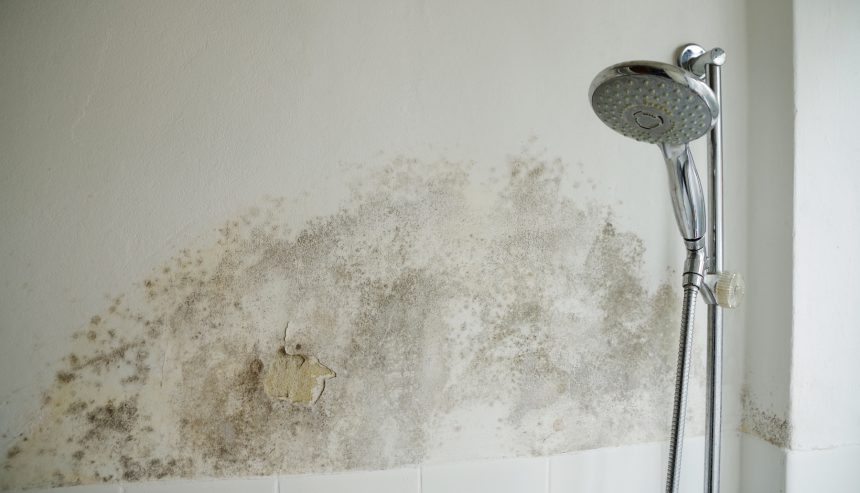Common Root Causes Of Water Damage in a Bathroom
Common Root Causes Of Water Damage in a Bathroom
Blog Article
What are your opinions on Common Causes of Water Damage in a Bathroom?

The bathroom is incredibly at risk for wet accumulation and prospective water damages due to the regular use water in it. This write-up provides basic examination strategies to help discovering water damages threats.
The frequent use of water in the shower room makes it exceptionally vulnerable for moist build-up as well as prospective water damages. By evaluating it routinely, you can minimize water associated damages.
The adhering to collection of examinations is very easy to execute and also need to be done once in every 3 months in order to maintain your bathroom in good shape and to avoid prospective water problems triggered by the tub, the shower, pipe joints as well as plumbing, sinks, cupboards, as well as the commode
Do not forget doing these assessments and also be detailed while executing them. Remember that these straightforward examinations can conserve you a great deal of cash by supplying very early signs for water damages
Bath tub and also Shower
The shower and also tub need special focus and also upkeep. Examine the floor tiles as well as replace if broken. Ensure that there is no missing cement in between the floor tiles. Check as well as replace cracked caulking at joints where the walls fulfill the flooring or the tub. Blocked drains and pipelines troubles will certainly avoid the bathtub from drying and also might suggest major problems beneath the bath tub. Talk to an expert right away to prevent architectural damage. Take note of stainings or soft locations around the tub walls as they might indicate an internal leakage.
Plumbing
Signs for water damage are hard to identify considering that a lot of pipes are mounted inside the wall surfaces.
Pay special focus to floor covering and wall surfaces wetness and discolorations as they might indicate an invisible plumbing issue. Check dampness levels in adjacent spaces as well.
Sinks and Cabinets
Sinks and cabinets are revealed to wetness and moisture daily and also are typically overlooked. Evaluate frequently under the sink and on the kitchen counter above it. Fix any drip in the catch as it may recommend drain troubles. Take a look around the sink, slow-moving draining pipes might suggest an obstructed drain. Change sink seals if they are broken or loosened.
The Toilet
The commode is a vulnerable water joint. Check the water lines as well as look for leaks around the commode seat, in the hose pipe, and also under the water tank. If you find any indications of dampness on the floor around the commode, check for leaks in the toilet rim and also tank seals.
Know that hanging commode bowl antiperspirants increases the possibilities for obstructions.
Water Damage Signs In The Bathroom To Avoid Cleanup
Musty smell
This is one of the easiest signs to catch because musty smells are so odorous. The damp, earthy, moldy smell should be a big red flag. The smell will develop when moisture gets trapped in surfaces, and begins to facilitate mold growth. Leaking pipes under cabinets, inside walls, and behind shower fixtures will cause moisture to stay trapped and not dry, which will lead to mold growth and spread. As soon as you notice any musty smells in your bathroom, have it checked for hidden water damage and cleanup signs.
Visible mold
If the smell isn’t there to give it away, sometimes you will actually see mold growth. Finding mold in your bathroom is a serious problem, because mold is very harmful to your health. By the time mold growth is visible, it also means that water damage has already occurred and been present for some time. The only way the mold problem can be resolved is to find the source of the moisture and get it stopped. To safely and adequately remove mold, you need to have professionals handle the remediation. Do not waste any time in getting mold problems addressed, fixed, and sanitized so that you can protect you and your family from the many respiratory symptoms caused by mold exposure.
Damaged floors
Bathroom floors should be able to withstand some exposure to water while still remaining in good condition. However, when excess exposure or water leaks occur, they will begin to damage even the most water-resistant flooring. If you notice any cracking, bubbling, staining, or warping on your bathroom floors, there is probably a water leak somewhere causing the distortion. If you notice areas of the floor have become softer, or even have a spongy feeling, there is probably damage to the subfloor. Subflooring is typically made up of plywood. When plywood is exposed to water or moisture, it will absorb it. Once it has become saturated, the weight of the excess water will cause the wood to swell and soften. Check the floors in your bathroom frequently to catch any of these sings before they lead to damaged subflooring.
Changes on walls
When water leaks behind walls, it will cause changes in the drywall. Peeling plaster, blistering paint, and soggy wallpaper are all good indicators that excess water is building up behind the wall. Water leaking behind drywall will cause it to swell and be soft to the tough. If you start to notice gaps along the trim of your walls, or where tile meets the wall, it could also be a strong indicator that there is a leak behind the wall. Any changes, distortion, or damage on the walls should be evaluated as soon as you notice it to prevent further water damage and cleanup.

I came across that entry about How to Repair and Prevent Bathroom Water Damage when surfing around the internet. Enjoyed our blog? Please share it. Let someone else discover it. Thank you so much for your time spent reading it.
Schedule Today! Report this page